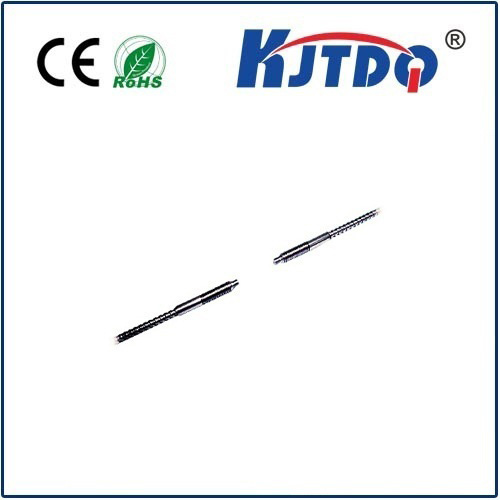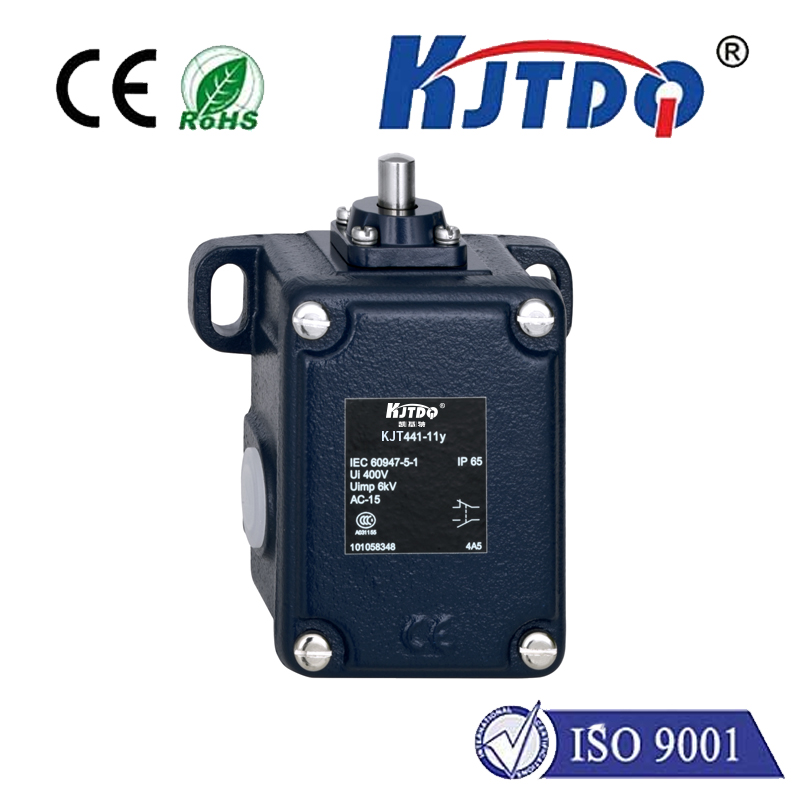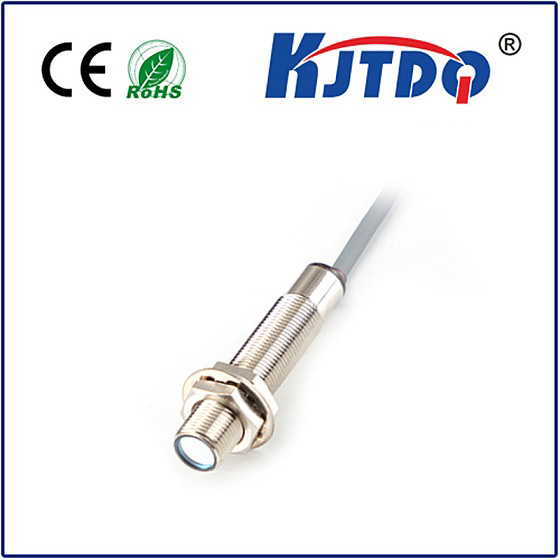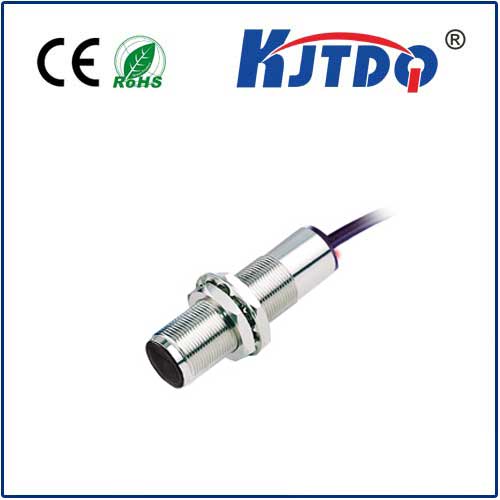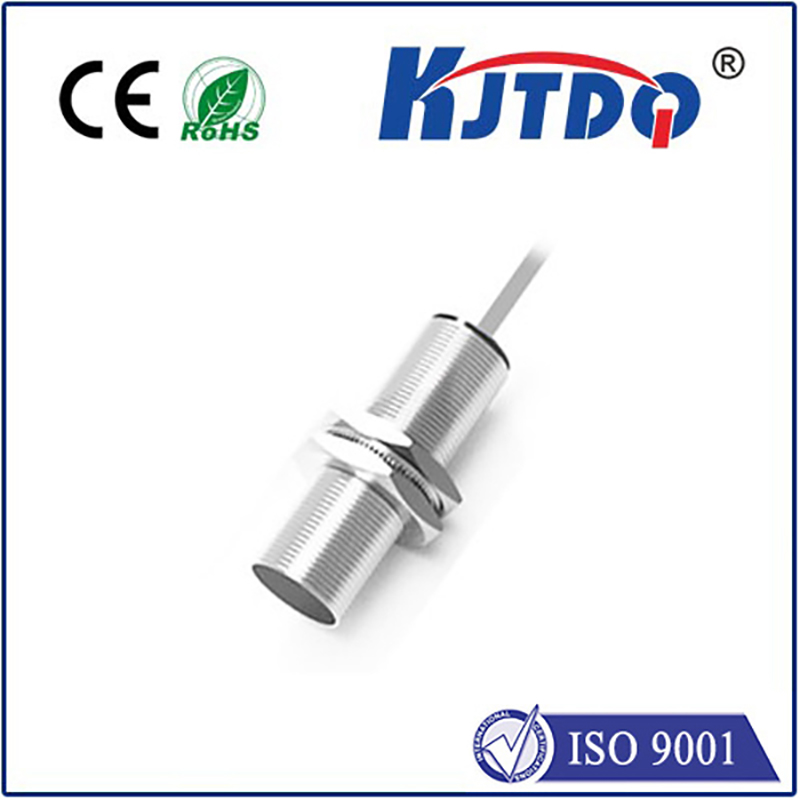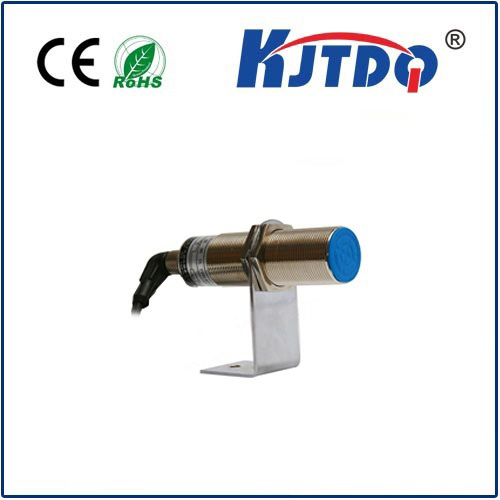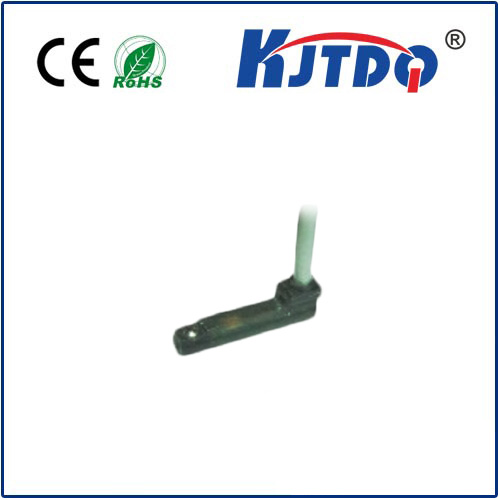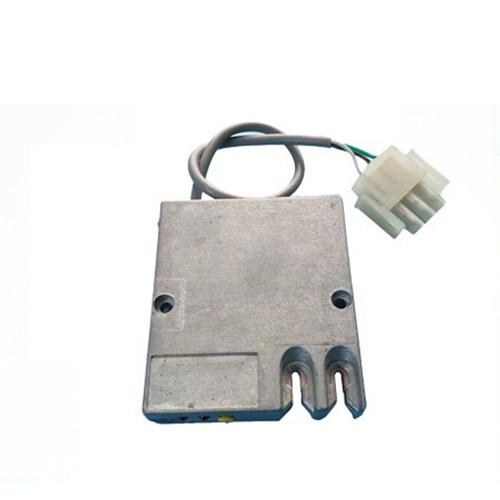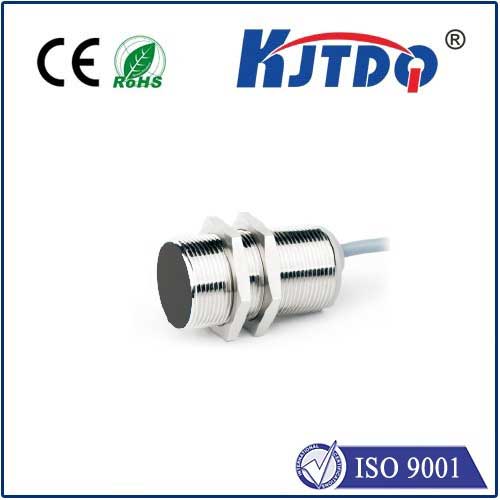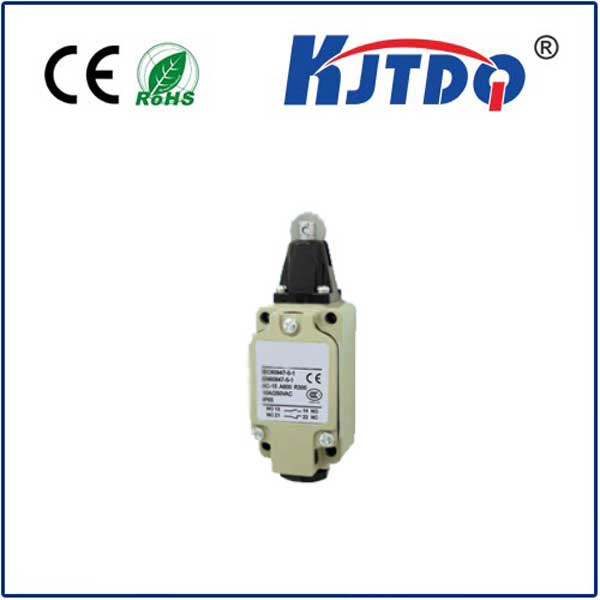

check

check

check

check

check

check

check

check

check

check
Proximity sensors, also known as infrared proximity sensors, are becoming increasingly vital in modern technology. These small, yet powerful devices have found numerous applications in various industries, from automotive to healthcare. In this article, we will delve into the significance and potential of these sensors.
Firstly, let us explore the basics of a proximity sensor. It is an electronic device that detects and measures the distance between two objects or surfaces. When an object comes within its range, it sends out a signal that is picked up by the sensor. This signal is then used to determine the presence or absence of an object. The most common types of proximity sensors are infrared (IR) sensors, which use infrared light to measure distances.
One of the primary uses of proximity sensors is in automated systems, such as parking garages and security gates. These systems rely on the sensors to detect if an object is too close to a certain area or object, and trigger an alert or action. For instance, in a parking garage, when an object approaches the exit gate, the sensors will detect the presence of the object and open the gate automatically. Similarly, in security systems, the sensors can be used to detect if an intruder is attempting to enter a restricted area.
Another application of proximity sensors is in medical devices. Infrared sensors can be used to measure body temperature, which is crucial for monitoring patients with fevers. By detecting changes in body heat, healthcare professionals can quickly identify potential health risks and take necessary precautions.
In addition to these applications, proximity sensors are also used in industrial settings for quality control and maintenance purposes. By measuring the distance between machinery parts or components, manufacturers can ensure that they are functioning properly and prevent costly downtime.
In conclusion, proximity sensors play a crucial role in various industries by providing accurate and timely information about the presence or absence of objects. With their ability to detect changes in body temperature and automate complex processes, these sensors are revolutionizing the way we live and work. As technology continues to advance, we can expect even more innovative applications of proximity sensors in the future
